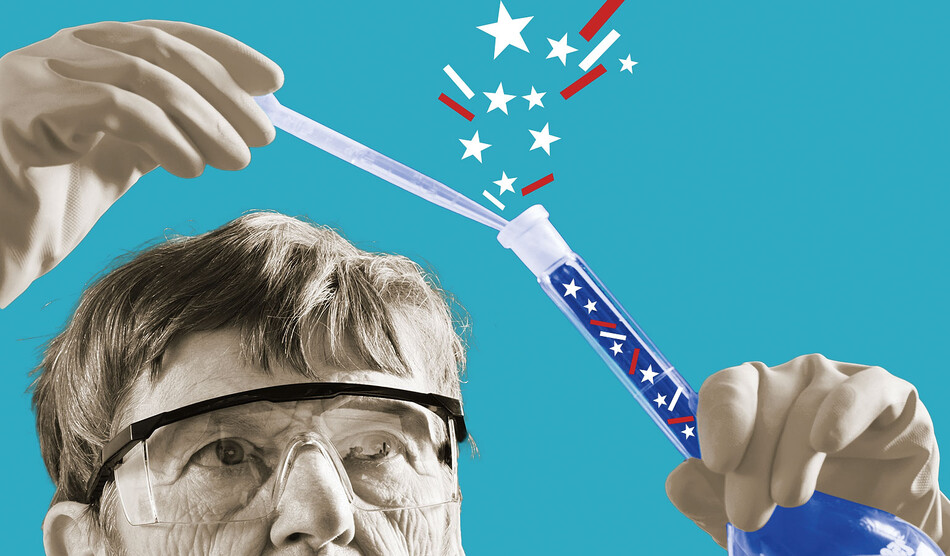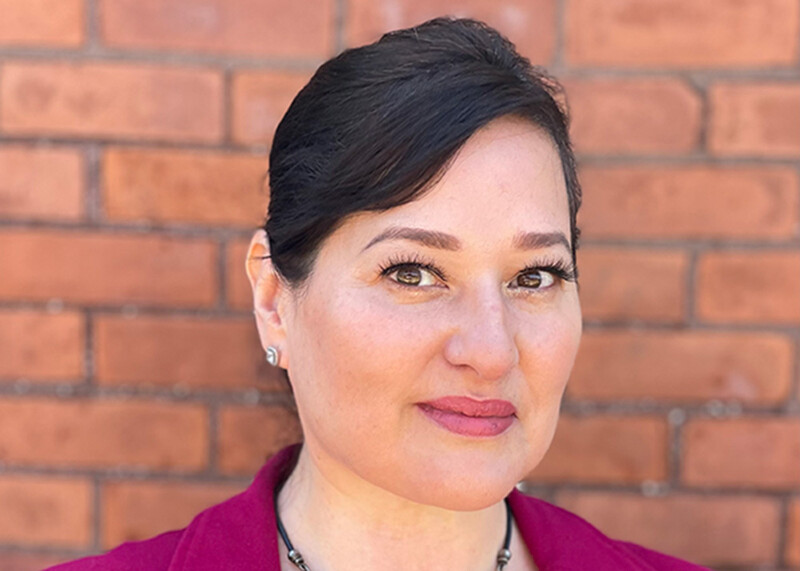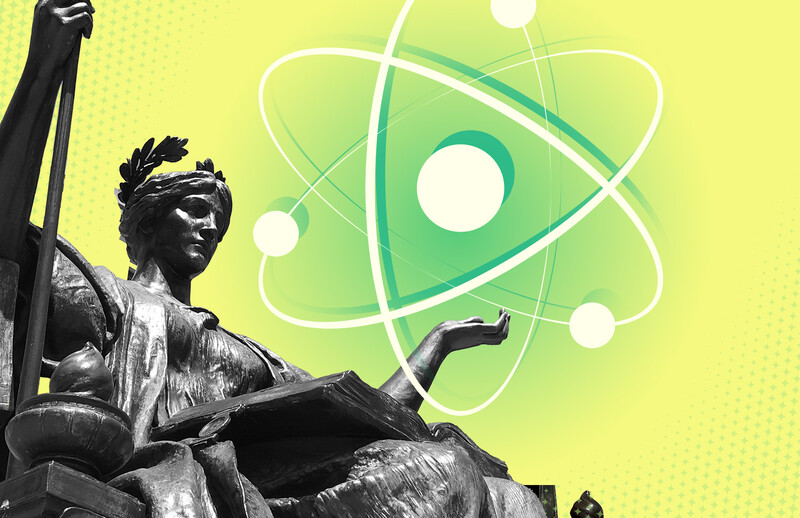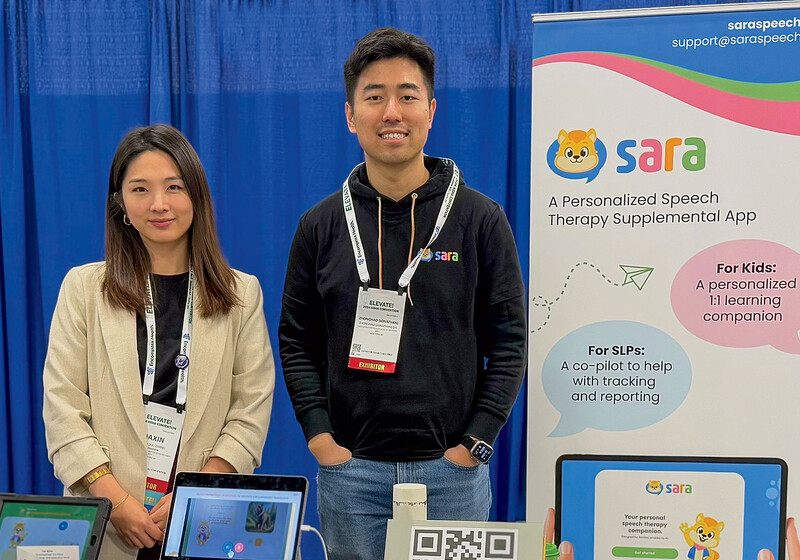This past spring, the US Department of Health and Human Services froze billions of dollars for scientific research at US universities over alleged violations of federal antidiscrimination laws. Columbia was hit particularly hard. The Trump administration announced that it was terminating $400 million in grants, mainly from the National Institutes of Health. In July, the University announced that it had reached a settlement with the US government to restore funding.
The cancellation of grants nationwide has drawn attention to the very concept of federally funded science research: when did this system begin, for what purpose, and how has it changed over time?
Columbia history professor Alma Steingart ’06GS recently provided some answers. From her office in Fayerweather Hall, Steingart, who studies how mathematical thought and computer technology have influenced US electoral politics, explained that government science funding as we know it began in the mid-twentieth century. Before World War II, she said, research money at universities came primarily from donors and private foundations; but during the war, the US Office of Scientific Research and Development (OSRD) began funding research aimed at gaining military advantage. The development of the atomic bomb, known as the Manhattan Project, in which Columbia physicists played a key role, was one major investment.
After the war, Vannevar Bush ’47HON, the former dean of MIT’s engineering school and the head of OSRD, called on the US to fund basic research in the physical and medical sciences in order to ensure American strength and progress. “There was a realization that there was no going back to the previous model,” said Steingart. “The debate was whether federal funds should be used for basic science or applied science. Many scientists felt that developing science around particular goals was limiting, and Bush successfully made the case that it was basic research that led to discoveries and applications that would help the country.” Bush’s advocacy led to the creation of the National Science Foundation (NSF) in 1950.
Then, in 1957, the Soviet Union launched Sputnik, the first artificial satellite. “That was a critical moment,” said Steingart. Within a year, the NSF budget more than tripled, from $40 million to $134 million. Meanwhile, other government agencies, such as the Atomic Energy Commission and the Air Force Scientific Advisory Board, noting that basic science was already being funded, began to direct money toward applied research.
“With the Cold War came the idea that you needed an army of engineers, mathematicians, physicists, and chemists in order to keep pace with the Soviet Union,” Steingart said. “Remember, the NSF doesn’t just fund research. It also funds postdoctoral fellowships and PhD fellowships. And so in the 1960s, the number of PhDs greatly expanded — which meant that universities expanded, and so did their expenditures.”
The influx of federal dollars led members of Congress to demand more accountability from scientists and cast doubt on studies with no obvious societal value. “Suddenly, there’s a questioning of this basic-science-research model,” said Steingart. “People are pushing for more applied research. They want to be sure that the research they’re paying for will benefit the taxpayers.”
A souring economy in the 1970s led to a contraction of science funding. “There was this feeling that we were producing too many PhDs for the economy to absorb, and you see a drop,” Steingart said. “By the 1980s, people are talking about scientific research in relation to the economy and the GDP, and there is a push for private companies to support research and development rather than the government.”
The privatization idea has held: Steingart noted that space-technology companies SpaceX (founded by Elon Musk) and Blue Origin (founded by Jeff Bezos) have entered what was once NASA’s sphere. And she sees the current government’s actions as a continuation of this model — as well as a break from it.
“It’s a break because the administration is using funding as leverage to get concessions and attacking the autonomy of scientists to decide what research to pursue,” said Steingart. “And it’s a continuation in that the government is trying to move more research into the private sector.”
But Steingart sees an inherent contradiction in this model. “Private companies are dependent on having highly trained individuals, and they rely on the universities to train scientists and engineers. Where else will they hire from?”
The other problem is that private companies are driven by profit, and not all areas of research generate revenue. “Say you’re at the top of your field in artificial intelligence, and you really want to teach and work at a university. And let’s say the funding goes dry. For you, it’s not really a problem: many companies will be eager to have you,” Steingart said.
“But if you’re working on research that has to do with, say, drug abuse — or anything to do with public health or the public good — and your government funding dries up, no company is going to hire you to do that research, because this research has no way of making money.”
Science research in the public interest? That’s the domain of government — and of the modern research university.
“All science research is impacted by the funding freezes,” said Steingart, “but particularly research that doesn’t have a clear kind of profit model. And that’s the research that the government has traditionally been so good at funding.”



